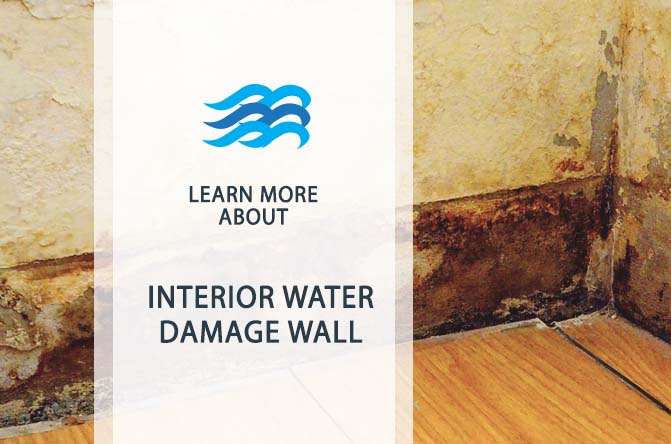interior water damage wall
Interior Water Damage Wall: Causes, Solutions, and Prevention
Water damage is one of the most common and frustrating issues homeowners face, and when it affects your walls, it can lead to serious structural problems if not addressed quickly. Interior water damage wall can occur due to various reasons, such as plumbing leaks, roof damage, or flooding. In this article, we’ll discuss the causes, solutions, and how to prevent water damage from wreaking havoc on your home’s interior walls.
What Causes Water Damage to Interior Walls?
Understanding the causes of water damage is the first step in preventing and addressing it. Here are the most common reasons for interior water damage walls:
- Plumbing Leaks: One of the main culprits of water damage is leaking pipes behind walls. A burst or leaking pipe can saturate the wall material, leading to warping, mold growth, and even structural damage.
- Roof Leaks: Water from a damaged or old roof can seep through the ceiling and into your walls. This often happens during heavy rainfall or when snow melts, causing moisture to penetrate the roof’s surface and trickle down into the walls.
- Condensation: Poor ventilation in areas like bathrooms or kitchens can lead to moisture buildup inside walls. Over time, this moisture condenses and can cause water damage, leading to mold or mildew growth.
- Flooding: Natural disasters such as floods can wreak havoc on your home’s interior, causing extensive water damage to both walls and flooring. If water levels are high enough, they can penetrate the structure and cause lasting damage.
Signs of Water Damage in Interior Walls
Detecting water damage early can save you time, money, and stress. Here are some common signs to look out for:
- Discoloration: Water stains or patches that appear brown, yellow, or gray on walls are a clear indication of moisture damage.
- Peeling or Bubbling Paint: When water seeps into walls, it can cause the paint to peel, crack, or bubble up, especially in areas where moisture is high.
- Mold Growth: One of the most serious signs of water damage is mold. Mold thrives in moist environments and can appear as black, green, or white spots on walls. It can also cause health issues if not treated.
- Soft or Warped Walls: Water can weaken the structure of your walls, causing them to feel soft, spongy, or even bow out. This is a sign of severe water damage that needs immediate attention.
- Musty Odor: If you notice a persistent damp or musty smell, it could be a sign of hidden water damage behind your walls, often accompanied by mold growth.
Solutions for Water-Damaged Interior Walls
Once you’ve identified water damage, it’s crucial to take quick action to prevent further deterioration. Here’s how to handle water-damaged walls:
- Stop the Source of Water: Before doing any repairs, identify and fix the source of water. This could involve repairing a leaking pipe, sealing a roof leak, or improving ventilation in moisture-prone areas.
- Dry Out the Area: After stopping the water source, dry the affected wall as soon as possible. Use fans, dehumidifiers, or professional drying equipment to remove excess moisture.
- Remove Damaged Materials:In cases of severe damage, you may need to remove parts of the drywall or plaster to prevent mold growth and allow the area to dry completely.
- Mold Treatment: If mold is present, clean the affected areas using a bleach solution or hire professionals for more extensive mold remediation.
- Repair and Repaint: Once the wall is fully dry and mold-free, patch any holes, replace drywall if necessary, and repaint using mold-resistant paint.
Preventing Future Water Damage
Prevention is always better than repair. To avoid water damage in your walls, follow these tips:
- Regularly Inspect Plumbing: Check your pipes for leaks and have them repaired immediately to avoid future damage.
- Maintain Your Roof: Ensure your roof is in good condition by checking for any missing or damaged shingles and repairing them as needed.
- Improve Ventilation: Make sure areas like bathrooms, kitchens, and basements are well-ventilated to prevent condensation buildup.
- Waterproofing: Consider waterproofing your basement or the exterior walls of your home to protect against moisture infiltration.
- Install a Sump Pump: If you live in an area prone to flooding, installing a sump pump can help manage water levels and protect your home from serious water damage.
Conclusion
Dealing with an interior water damage wall can be overwhelming, but with early detection and quick action, you can mitigate the damage. By understanding the causes, addressing the issues promptly, and taking preventive measures, you can protect your home from future water damage and maintain a safe, dry living environment. Call 800.298.0900 for fast and expert help




